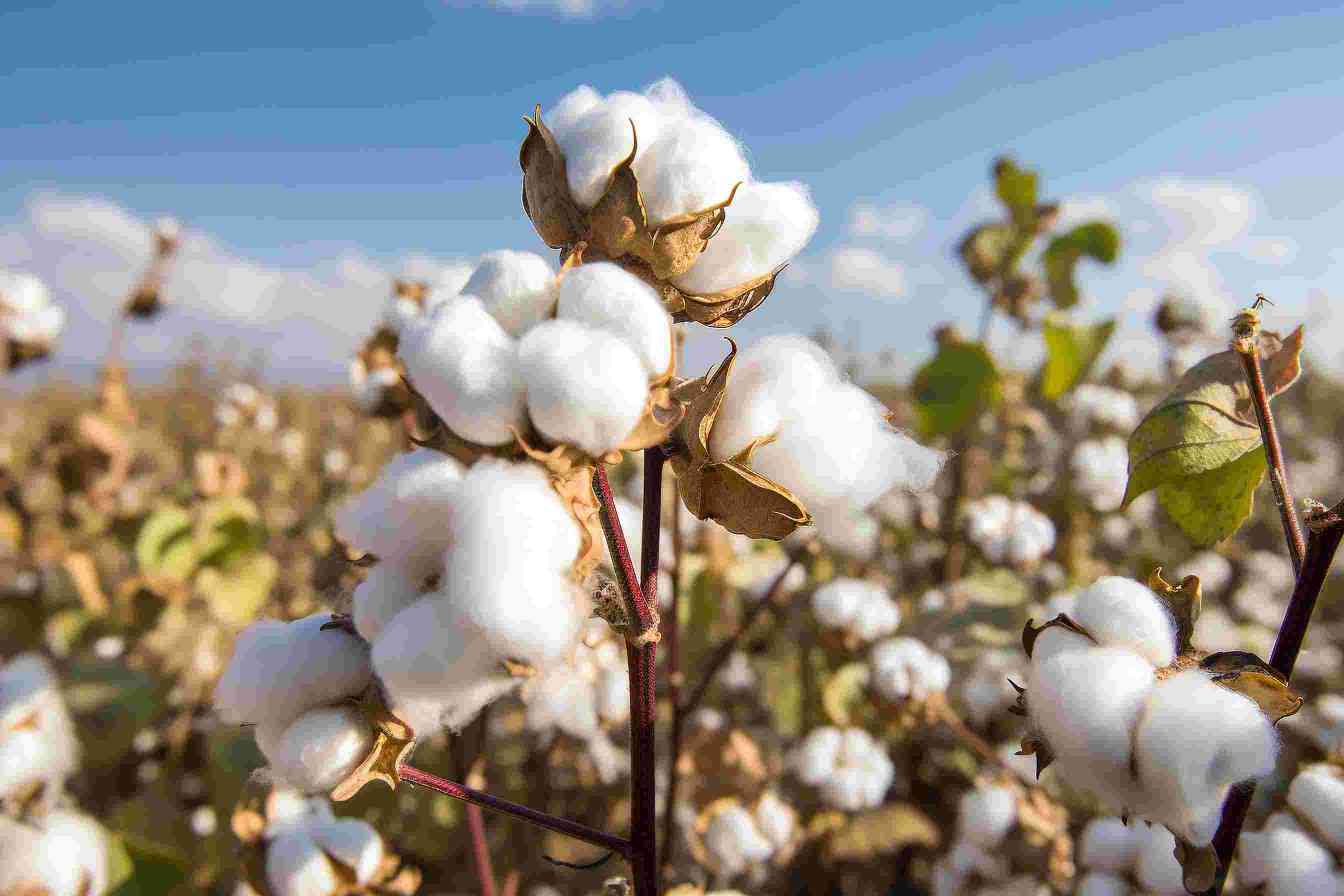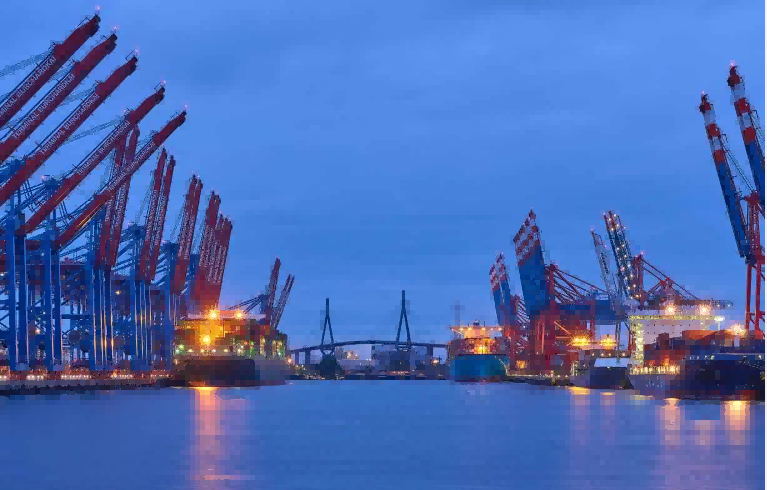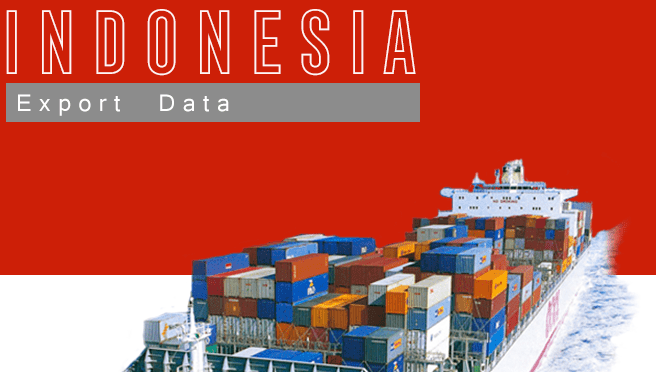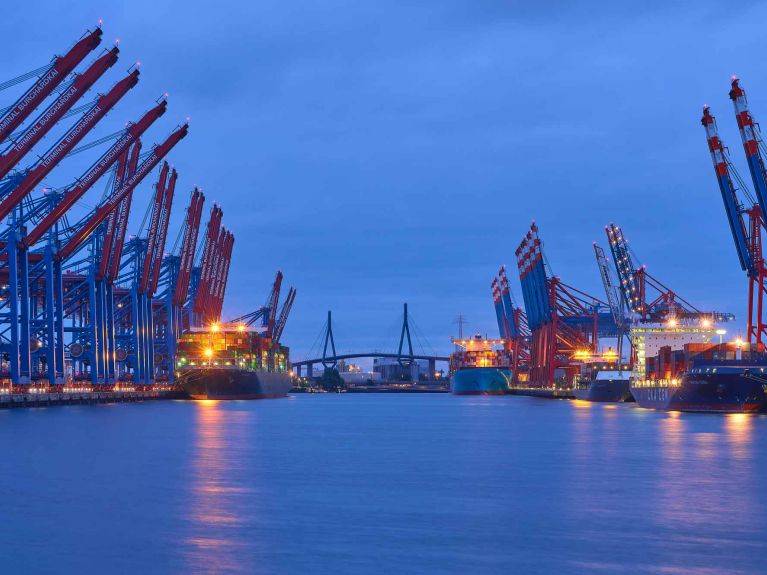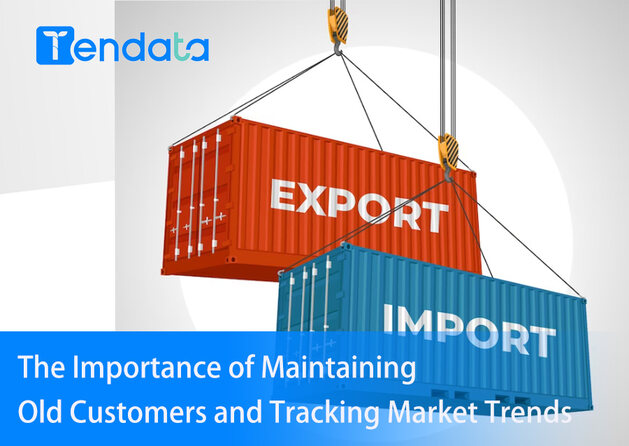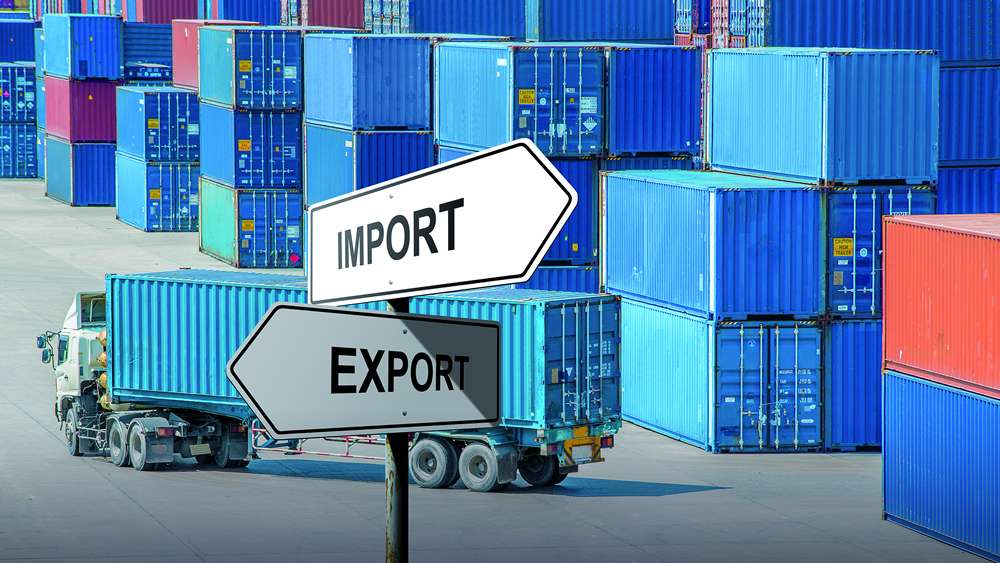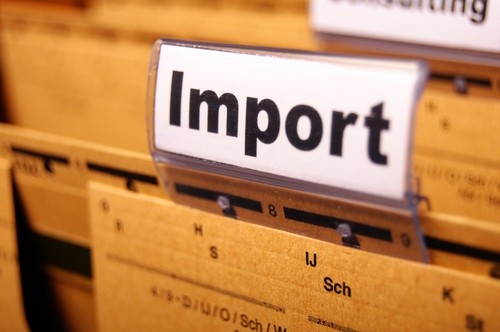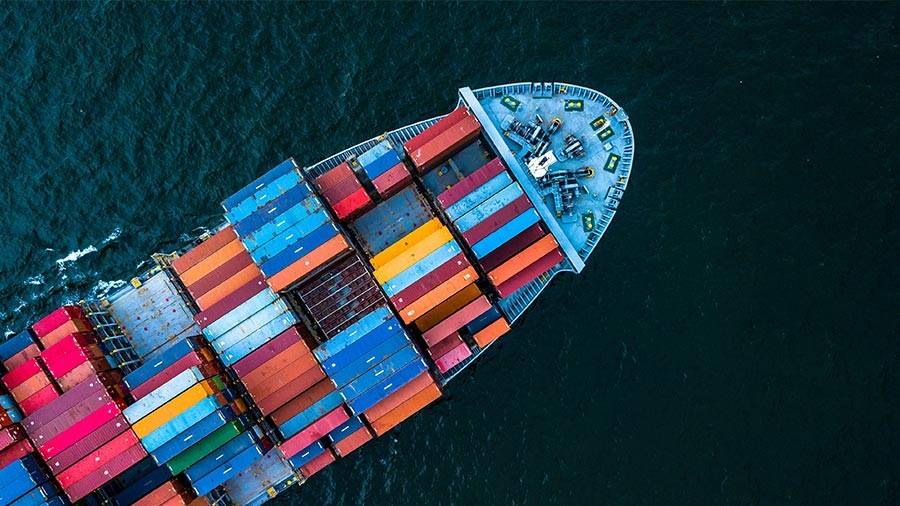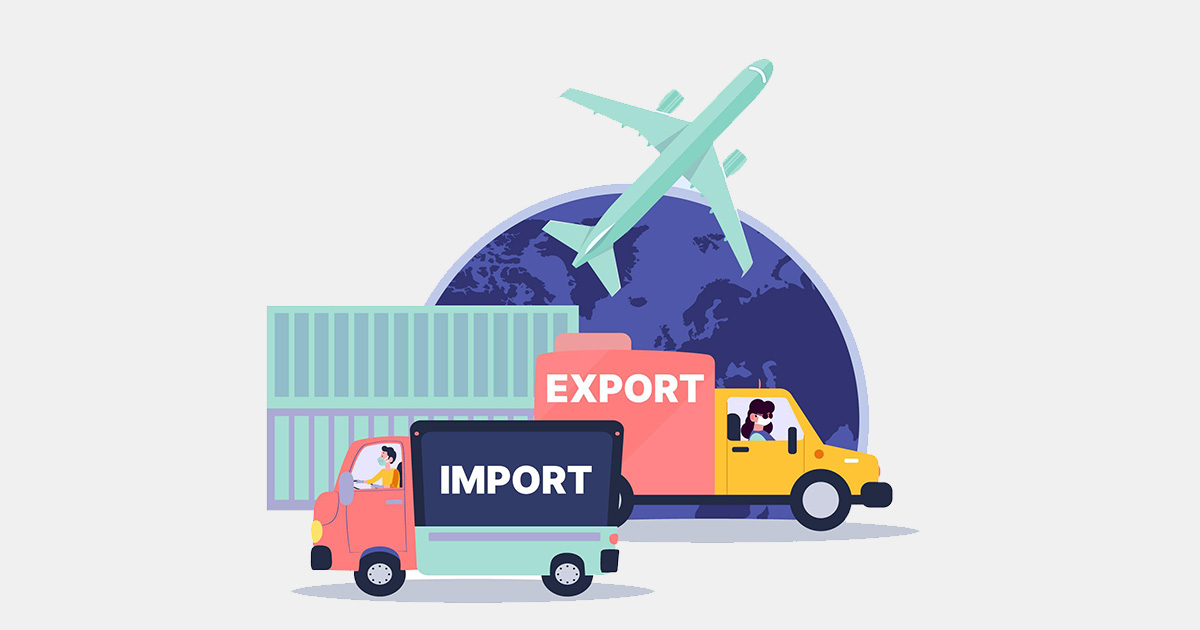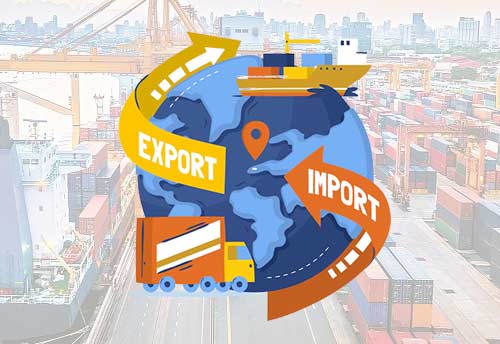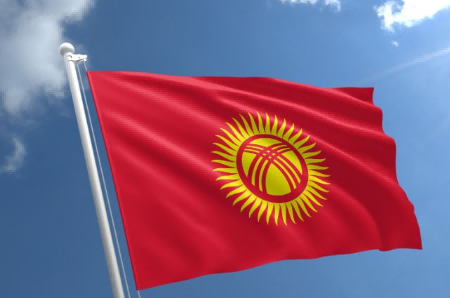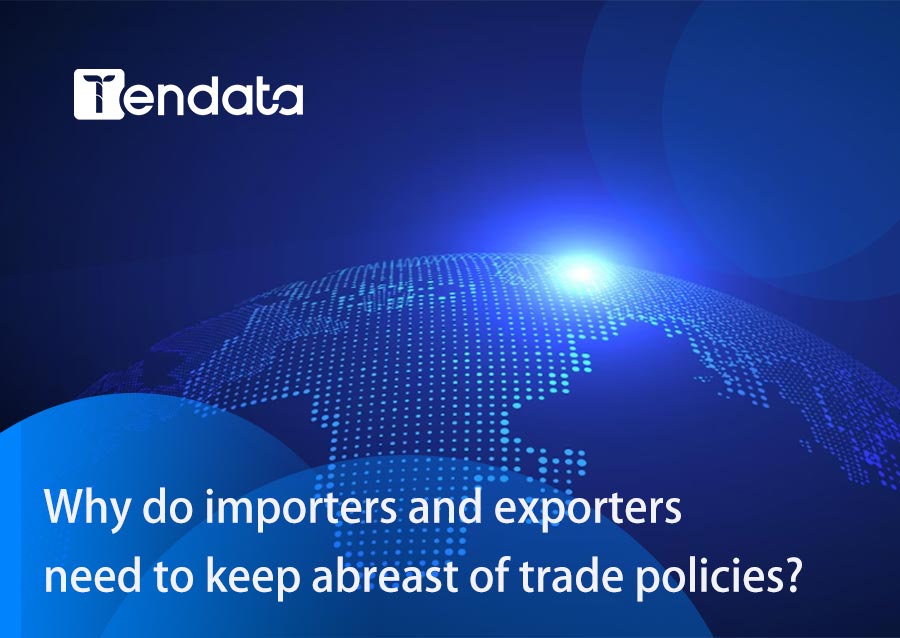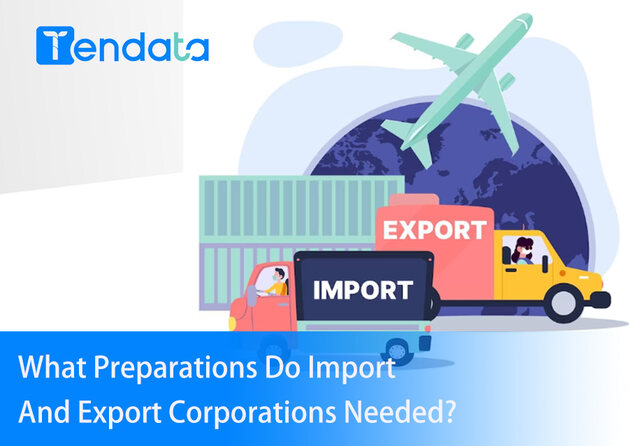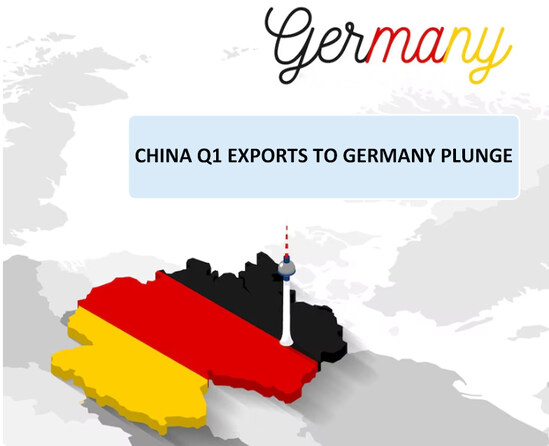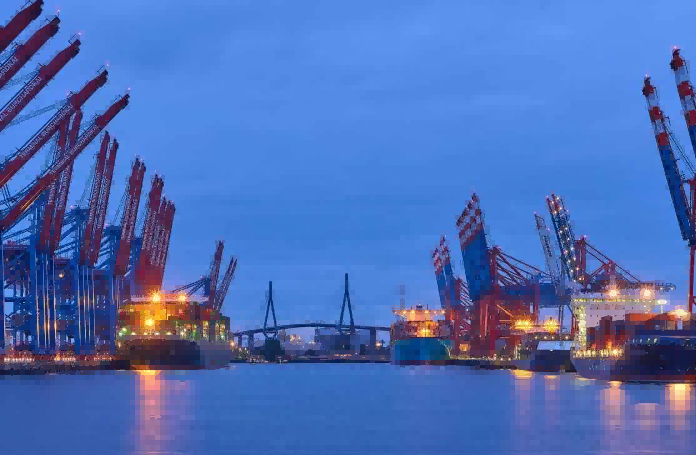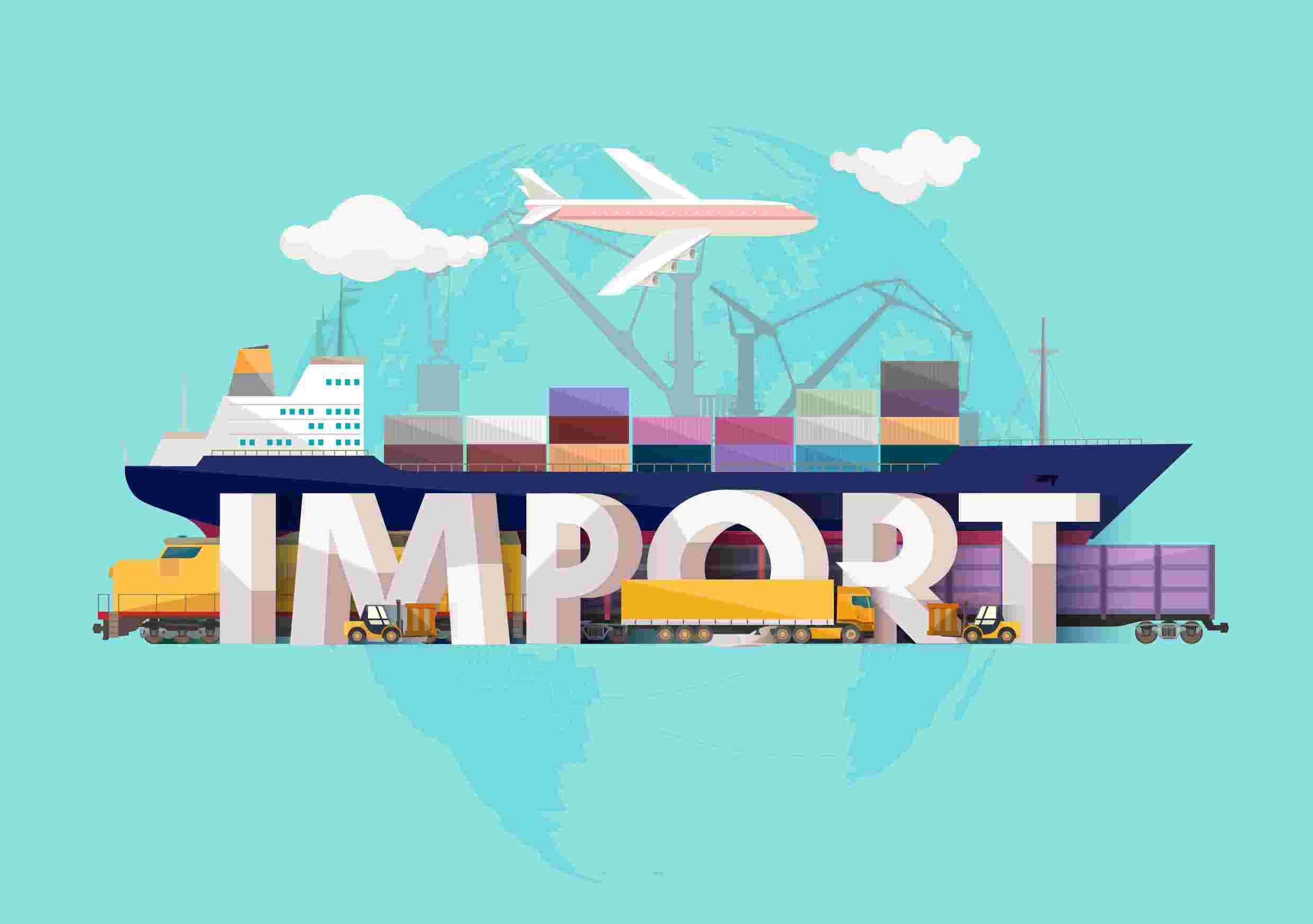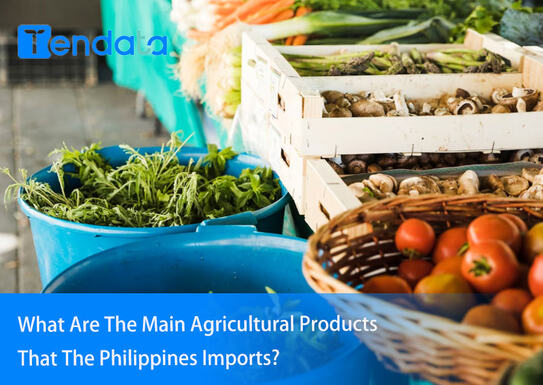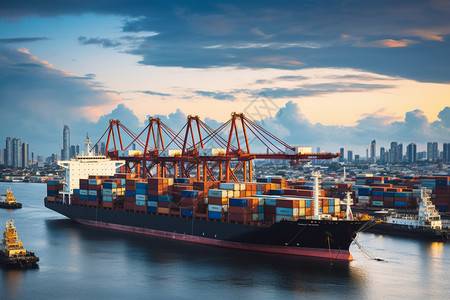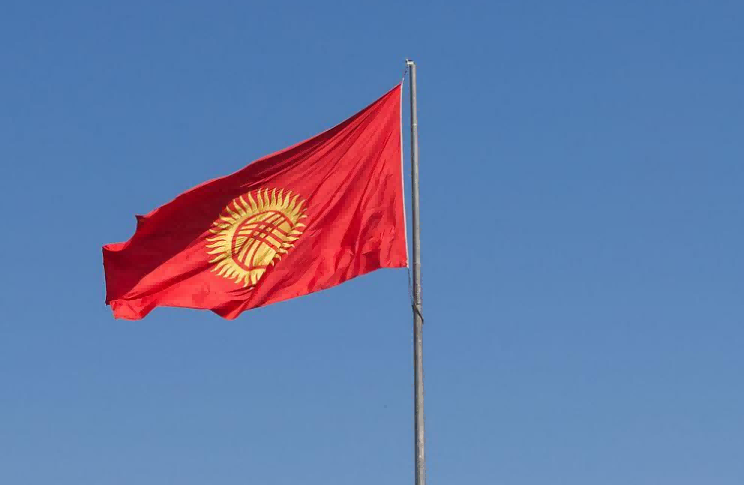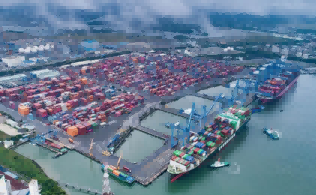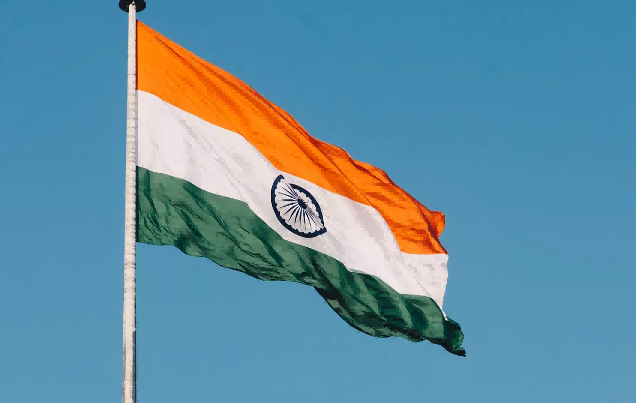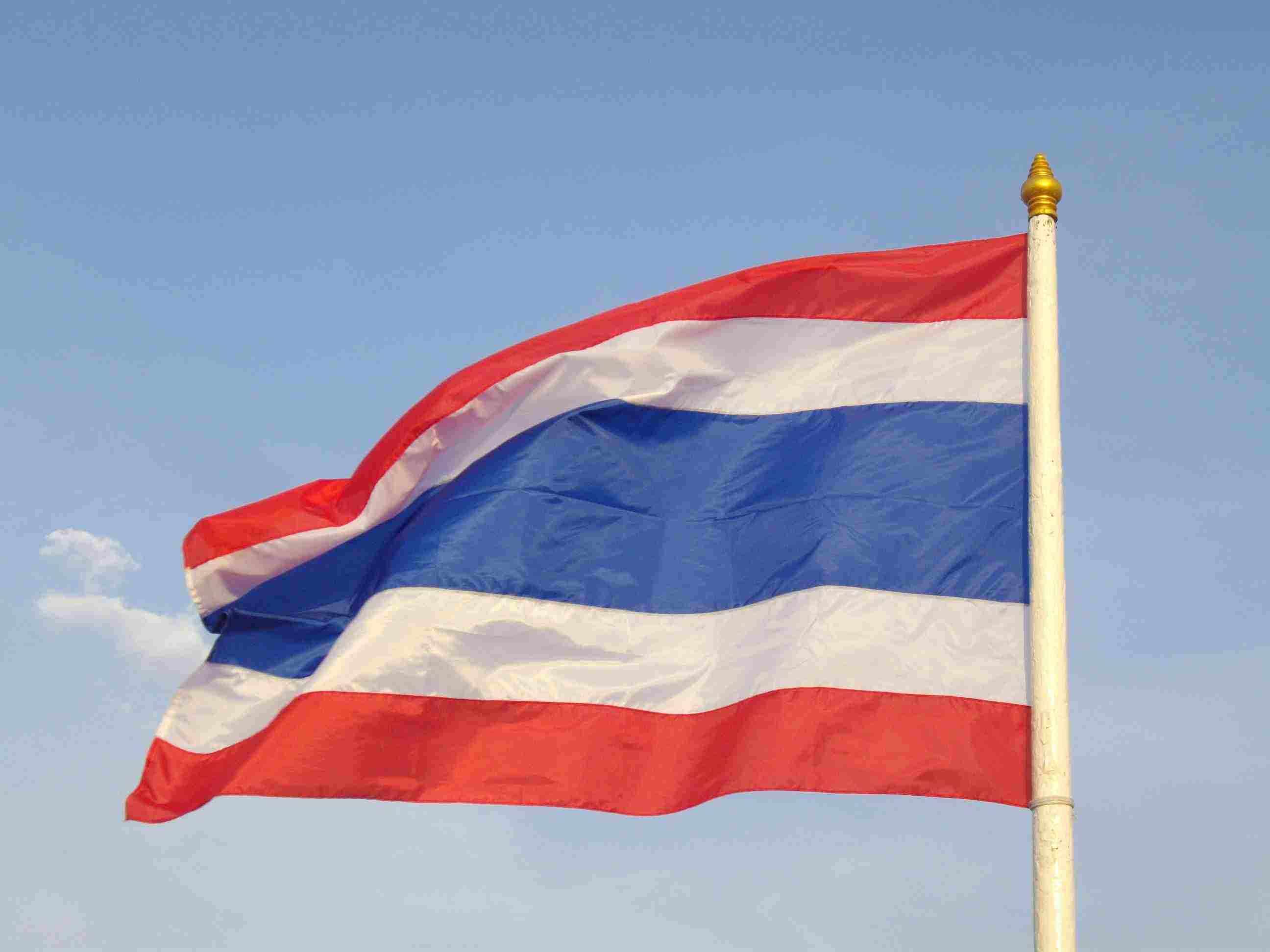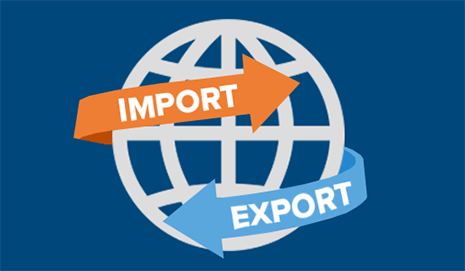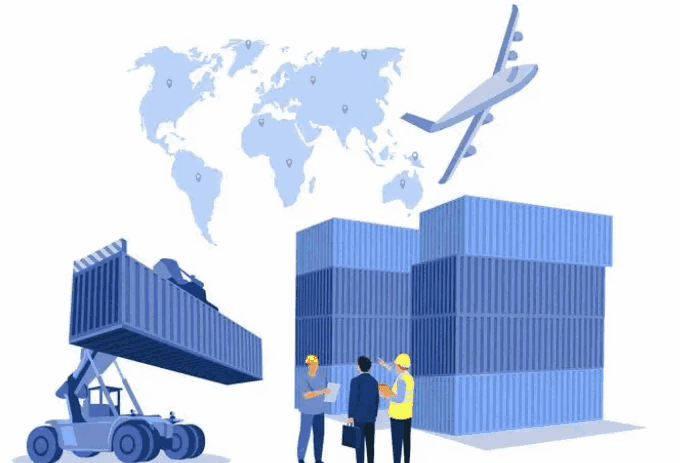 Export News
Export News
 2025-08-19
2025-08-19
The global soybean trade plays a crucial role in supporting food security, livestock feed, and biofuel production. Among the major soybean exporting countries, the United States, Argentina, and Brazil dominate the market, accounting for nearly 90% of global exports in 2024. Their strong production capacity and advanced supply chain not only shape international price trends, but also affect the supply-demand balance in Asia, Europe, and other major consumer regions.

In the future, global soybean exporting countries will continue to focus on the Americas, while the participation of emerging markets may gradually increase, but the overall impact on the market landscape is limited.
According to Tendata Global Trade Data, the Following Countries are the Top 15 Soy Bean Exporting Countries in 2024:
United States ($2.56B, 35.63%)
The U.S. is the world’s largest soybean exporter, mainly supplying China, the EU, and Mexico.
Argentina ($2.22B, 30.93%)
Argentina leverages the Pampas region’s agriculture to remain a major soybean exporter in South America.
Brazil ($1.56B, 21.65%)
Brazil, one of the largest soybean producers, continues to expand exports, especially to Asian markets.
China ($171.78M, 2.39%)
China, mainly an importer, still exports small volumes of soybeans to selected regions.
Thailand ($157.76M, 2.20%)
Thailand’s soybean exports are modest but have influence within Southeast Asia.
Paraguay ($139.14M, 1.94%)
Paraguay is an important South American soybean producer, with exports relying heavily on regional trade.
Canada ($110.07M, 1.53%)
Canada’s soybeans are known for high quality, mainly exported to Japan and Europe.
Bolivia ($42.36M, 0.59%)
Bolivia’s soybean exports are limited but steadily expanding.
India ($33.80M, 0.47%)
India’s soybean production is mostly for domestic use, with limited exports.
Russia ($28.77M, 0.40%)
Russia has expanded soybean farming in the Far East, gradually boosting exports.
Malaysia ($23.86M, 0.33%)
Malaysia’s soybean exports are small, mostly directed to neighboring Southeast Asian countries.
Nigeria ($22.30M, 0.31%)
Nigeria is a key African soybean exporter, though the industry is still developing.
Cambodia ($13.45M, 0.19%)
Cambodia’s soybean exports are small and mainly serve regional markets.
South Korea ($13.23M, 0.18%)
South Korea is mainly an importer but engages in some re-exports.
Vietnam ($9.48M, 0.13%)
Vietnam has the smallest export scale, mainly serving nearby markets.
Conclusion:
The top three exporting countries (the United States, Argentina, and Brazil) account for nearly 90% of exports and dominate the global market. Although China and India are major importers of soybeans, they also export a small amount in some local markets.
Small and medium-sized exporting countries (such as Thailand, Paraguay, Canada, etc.) often rely on regional markets or specialty products to form supplements.
Emerging exporting countries (Nigeria, Russia) are increasing their production capacity and are expected to expand their international market share in the future.
The total exports of countries in the Americas (the United States, Argentina, Brazil, Paraguay, Canada, Bolivia) exceed 92%, highlighting the core position of the Americas in the global soybean industry chain.
>>Get a Free Demo from Tendata<<

For soy bean exporting countries and companies, the Tendata Global Trade Data Platform offers clear market insights, accurate exporter lists, and improved customer profiling for faster market entry. By entering product keywords, exporting countries can instantly access potential buyers, including details such as purchase amounts, quantities, frequency, and recent activity—helping identify high-value customers quickly.
Category
Leave Message for Demo Request or Questions


 T-info
T-info T-discovery
T-discovery

 My
Tendata
My
Tendata Market Analysis
Market Analysis Customer
Development
Customer
Development Competitor
Monitoring
Competitor
Monitoring Customer Relationship
Customer Relationship





